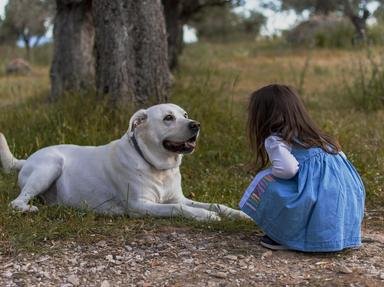Quiz Answer Key and Fun Facts
1. China - Eats bamboo
2. Arctic region of North America and Europe - Eats seals
3. Across Asia from Afghanistan to Japan and India to Russia - Nicknamed Moon bear
4. Worldwide - Has a hump
5. Andes Mountains - Distinctive face markings
6. Southeast Asia - Smallest bear species
7. Central America and North America - Nicknamed Spirit bear
8. Canadian Arctic - Hybrid
9. Sri Lanka, India, Bhutan, Nepal, Bangladesh - Eats termites and honey
10. Europe and Asia - Extinct
Source: Author
ponycargirl
This quiz was reviewed by FunTrivia editor
NatalieW before going online.
Any errors found in FunTrivia content are routinely corrected through our feedback system.
